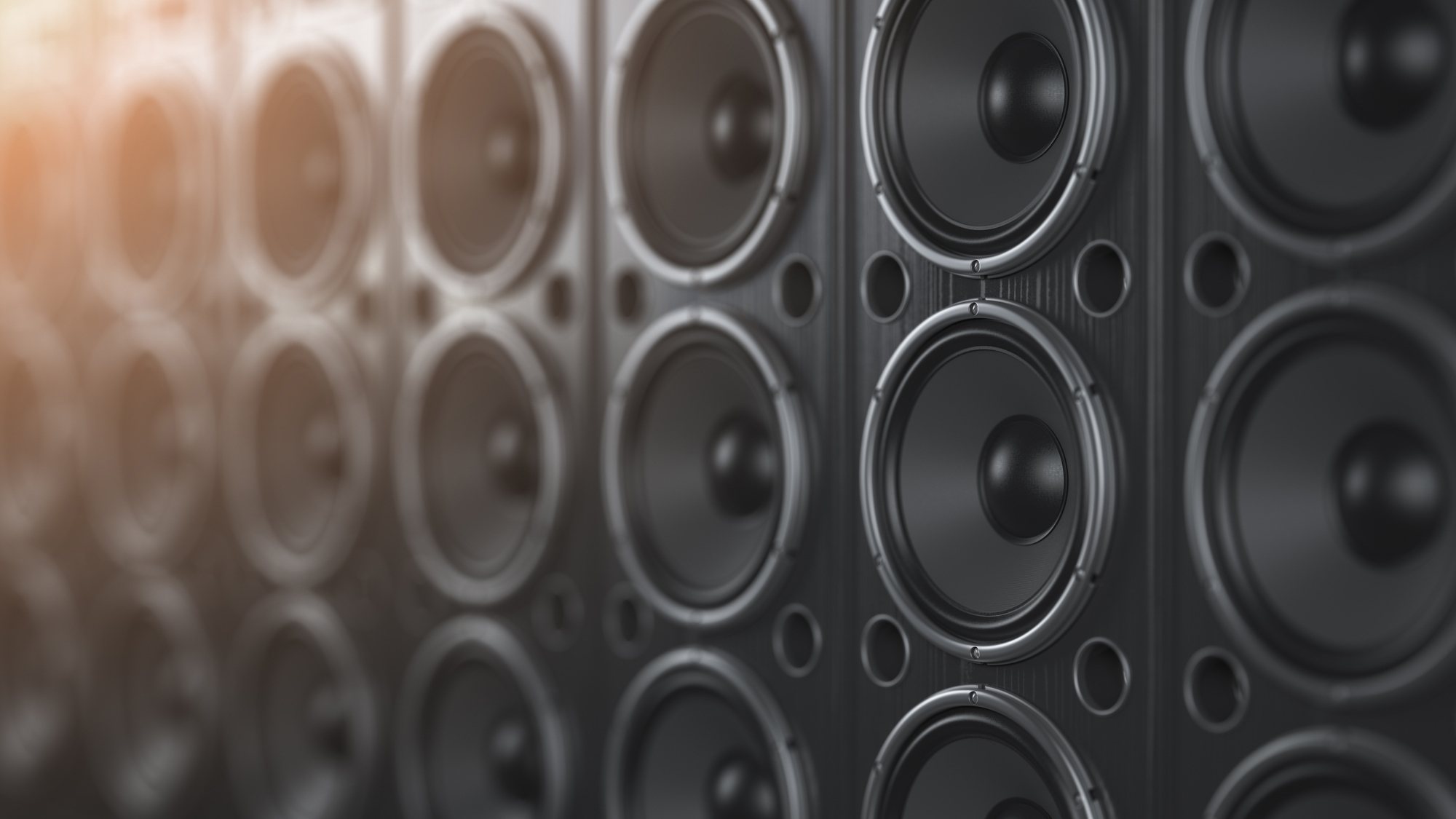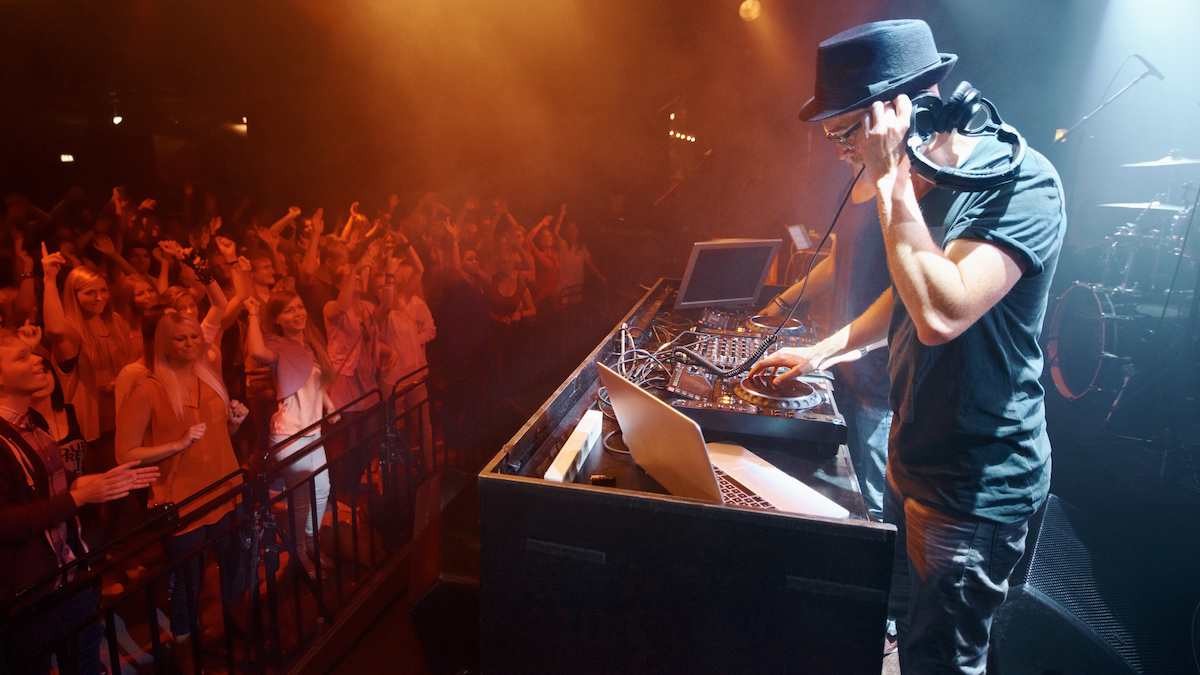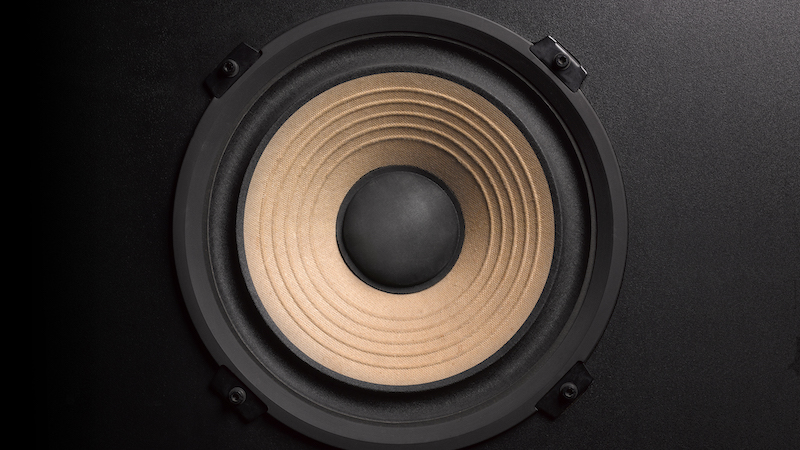
There are a number of reasons why DJs love the bass boost they get from subwoofers. From hitting the audience with the full impact of a bone-rattling bass drop, to capturing all aspects of the music they’re playing. In this article, we’re exploring exactly why DJs are so fond of incorporating subwoofers into their sound systems. We also explain how they work and how to set them up for optimal performance.
Of course, subwoofers are an essential component of a DJ’s audio kit. Using subs as part of the sound system is critical for the performance of a DJ, whether that’s within a club, performing outside at a festival, or dropping tunes at a house party. Let’s kick off by looking at some of the ways subwoofers are important to DJs.
Why subwoofers are important for DJs

1. Giving the full listening experience
Typical high-quality midrange speakers can produce sounds as low as 50Hz, while subwoofers can perfectly play notes much lower than 50Hz. Using subs in live performances maximises the audience's listening experience. People will appreciate the clarity of low tones when you use a subwoofer.
2. Enhancing bass
Of course, subwoofers enable a DJ to produce low-end bass notes. Bass sounds are useful in live performances to help listeners feel the urge to dance. However, the placement and configuration of subwoofers will determine the quality of the bass punch that the audience experiences.
3. Saving your equipment
Using subwoofers can help prevent midrange speakers from being damaged. When combining subs with other speakers, the subwoofers take care of the low-frequency sounds, while the other speakers are under their peak SPL. This arrangement prevents unnecessary damage to the voice coils of your other speakers.
How a subwoofer will impact your performance

DJs use various techniques to connect with their audience and ensure they deliver memorable experiences to the listeners. Low-frequency sounds are a critical part of this.
DJs can make a huge impact in live performance with the use of bass drops. DJs typically use bass drops to energise the crowd when performing EDM and other music genres. One great technique to maximise the impact is to increase the complexity and intensity of the sound before the drop. The audience experiences a sense of escalation, a building tension, before the bass drops, then a full release when the bass kicks in.
Some DJs use momentary silence just before dropping the bass as a technique to enhance the audience's listening experience. The pause before the bass drop technique is effective because it builds anticipation and captures the audience's attention.
Audiences tend to groove to music with low notes. A recent scientific study showed that people could respond to very low-frequency music of about 3Hz even when they cannot hear it play on VLF speakers. DJs tend to capitalise on bass to get their audiences to the dance floor.
How subwoofers work and their role in a turntable set-up

A subwoofer can play a significant role in a DJ turntable set-up, primarily by enhancing the overall audio quality and extending the frequency range of the sound produced. Here's how a subwoofer functions, and what impact it has in a turntable set-up.
- Low-frequency reproduction: Subwoofers are specialised speakers designed to reproduce low-frequency sounds, typically in the range of 20Hz to 200Hz or lower. Turntables primarily produce midrange and high-frequency audio, so adding a subwoofer allows you to reproduce the deep bass frequencies that might be missing or limited in your main speakers.
- Improved bass response: The addition of a subwoofer enhances the bass response of your audio system. It delivers deeper and more impactful bass, making music - especially genres like jazz, electronic, hip-hop and rock - sound richer and more engaging.
- Balancing the sound: Many turntable set-ups with bookshelf or floorstanding speakers might lack sufficient low-end response. A subwoofer can balance the overall sound by handling the bass frequencies, relieving the main speakers from the task of reproducing deep bass, which can result in clearer and more detailed mid and high-frequency performance.
- Room acoustics: Subwoofers can help compensate for room acoustics issues. Low-frequency sound waves are more susceptible to room reflections and standing waves. Placing a subwoofer strategically in the room and using its built-in controls can help mitigate these acoustic problems, resulting in more accurate and consistent bass reproduction.
- Customisable settings: Most subwoofers come with adjustable settings for volume, crossover frequency and phase, allowing you to fine-tune the subwoofer's performance to match your specific preferences and room characteristics.
In summary, a subwoofer in a turntable set-up can significantly impact the overall sound quality by providing deep bass reproduction, balancing the audio, compensating for room acoustics and enhancing the listening experience. It allows you to enjoy music and other audio content with greater depth and clarity, especially when it comes to low-frequency elements.
How to set up your subwoofers

Subwoofer placement is a major consideration for every sound system. The position of your subwoofer determines the level of immersive sound the audience experiences. In indoor sound systems, having the best subwoofers against the wall and in the perfect position ensures you get the best sound experience. The vibrations they produce are in harmony with the natural acoustics of the indoor space. Similarly, placement and settings are critical for DJs operating in clubs or other settings.
Phase alignment for subwoofers
One of the biggest challenges of placing subwoofers is ensuring they work harmoniously with satellite speakers. These other speakers have a different low-cut or high-pass. If the low-cut or high-pass of the other speakers, which are looped via the sub, differ from that of the subwoofer, the effect of the subwoofers will be less than optimal.
It is easy to achieve phase alignment for subwoofers by adjusting their crossover frequency to that of the satellite speakers. When the two sets of equipment work at the same crossover frequency, the sub automatically plays low-frequency sounds that the other speakers cannot handle. This setting prevents an overlap in the sound.
Distance between subs
DJs working in a club setting typically work with more than one subwoofer. Therefore, it is important to consider how to place the subwoofers within the room correctly in terms of the distance between them.
We measure the distance between two subs from the centre of one box to that of another. Thus, if you place two subwoofers next to one another horizontally, technically the distance between them is zero.
The general rule of determining the distance between two subwoofers is simple. First, consider the maximum frequency of the two subs when playing. Second, consider the concept of the wavelength. Thus, the rule of thumb is that the distance between two subwoofers in a horizontal position should not exceed two-thirds of the wavelength of their maximum frequencies.
Conclusion
DJs love using subwoofers with bass boost to give their audience a full listening experience. Subs produce the bass punch that DJs need during their live performances to invigorate and induce the crowd to dance. However, it is important to understand how to position the subwoofers in order to realise their full performance potential.
Related features
- Best DJ controllers: Hands-on control for Serato, rekordbox, Traktor
- Best DJ headphones: reliable choices from budget to pro-level
- Best DJ laptops: PC and Mac options for the booth and beyond
- Best DJ mixers: top choices for club, home and battle DJs
- Best DJ speakers: recommended monitors for home and the DJ booth







